This infographic blog post is derived from the recent article by Jeffrey Brown, PhD, The Role of RWD and RWE in Shaping Global Regulatory Practices, published in the June 2024 issue of DIA Global Forum.

Download the Infographic Summary
Courtesy of TriNetX Experts
Industry Shift to Data Centrality
RWD and RWE have ignited an evolutionary shift in life sciences, propelling the field towards a data-centric paradigm across the drug development and post-approval lifecycles.
Real-World Data (RWD)
RWD is gathered from sources such as electronic health records (EHRs), patient registries and administrative claim databases.
Real-World Evidence (RWE)
RWE is derived through analysis of the RWD.
New Possibilities for Medical Innovation

Optimize Clinical Trial Design, Feasibility and Execution

Enhance Care Delivery and Drive Positive Outcomes

Address Health Inequities and Disparities in Patient Care
RWD/E is revolutionizing the future of life sciences and healthcare.

Complements clinical trial data with real-world patient experiences.

Accelerates the development of drugs and medical devices for patient use.

Enables better understanding of disease development and progression for more informed treatment and care recommendations.
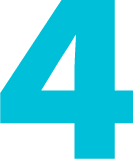
Provides insights into healthcare outcomes across diverse populations and settings.

Contributes to post-market surveillance around product safety and effectiveness.
Regulatory agencies are spearheading efforts to harness the insights of RWD/E.
Regulatory agencies like the U.S. Food and Drug Administration (FDA), European Medicines Agency (EMA) and Japan’s Pharmaceuticals and Medical Devices Agency (PMDA) are spearheading efforts to harness the insights RWD/E offers.
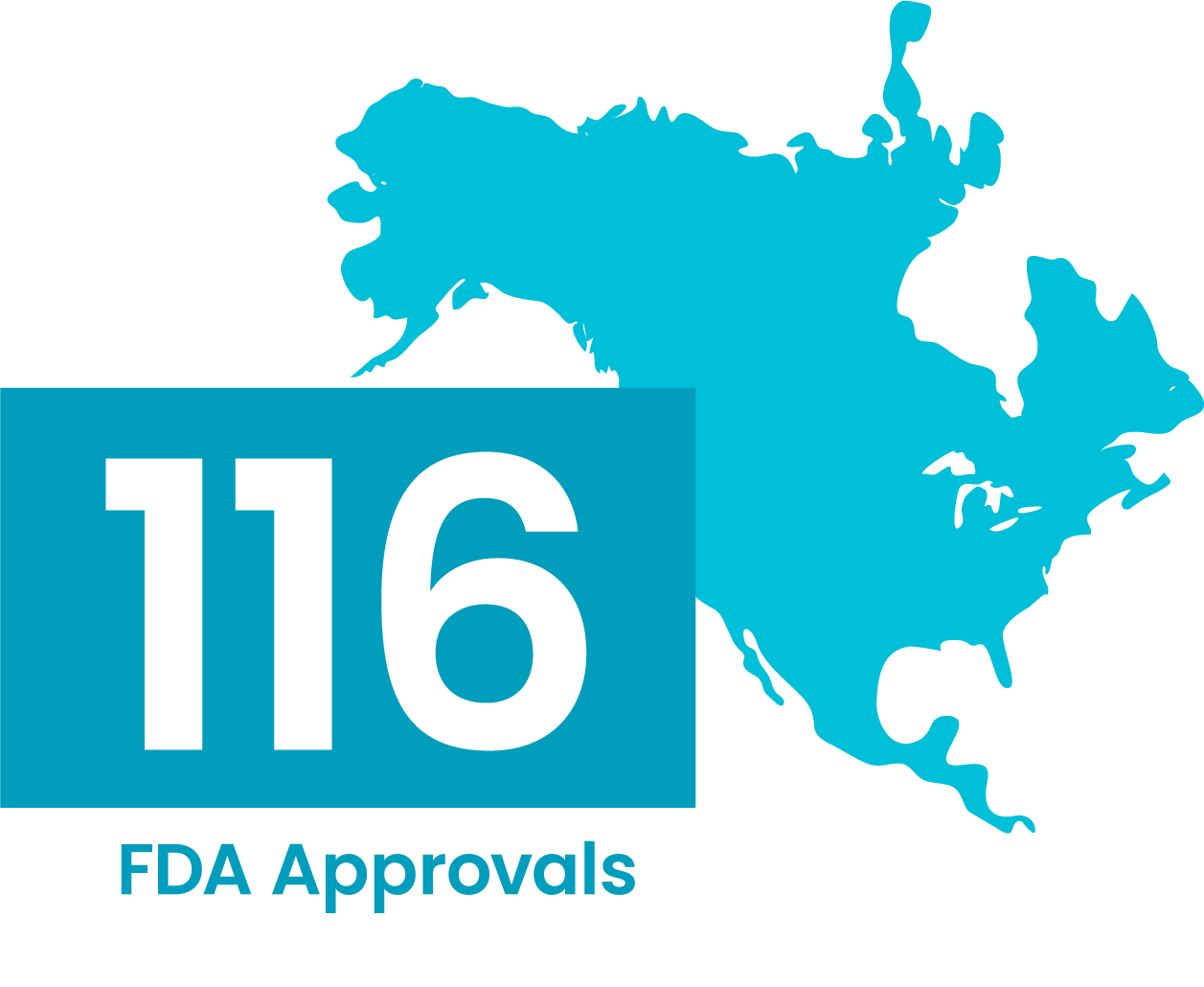
U.S. Food and Drug Administration (FDA)
The FDA incorporated RWE into 116 approvals from January 2019 to June 2021 (source: National Library of Medicine).
European Medicines Agency (EMA)
From September 2021 to February 2023, the EMA identified 61 research opportunities utilizing RWD, initiated 30 studies and completed 27 studies (source: European Medicines Agency).
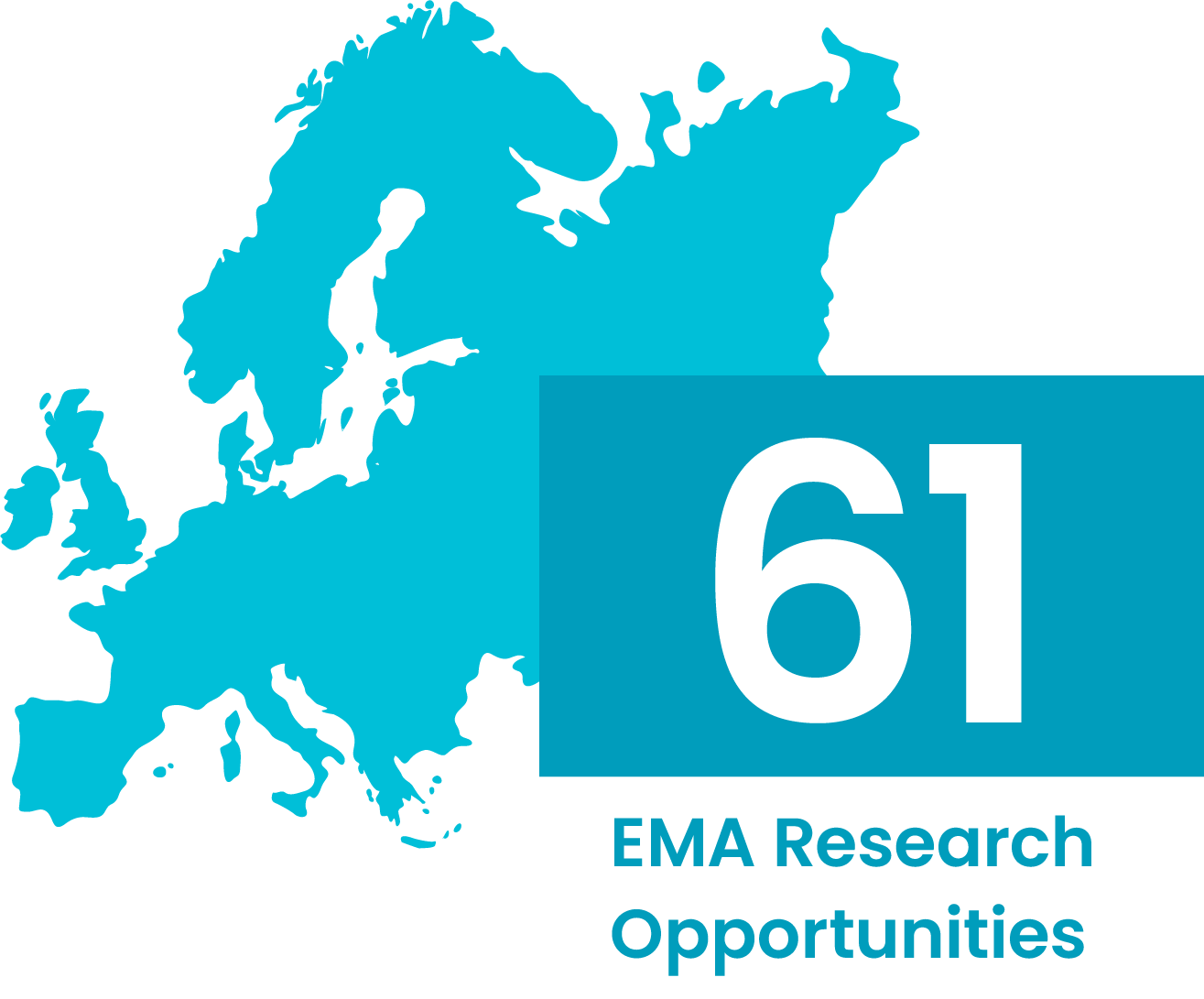
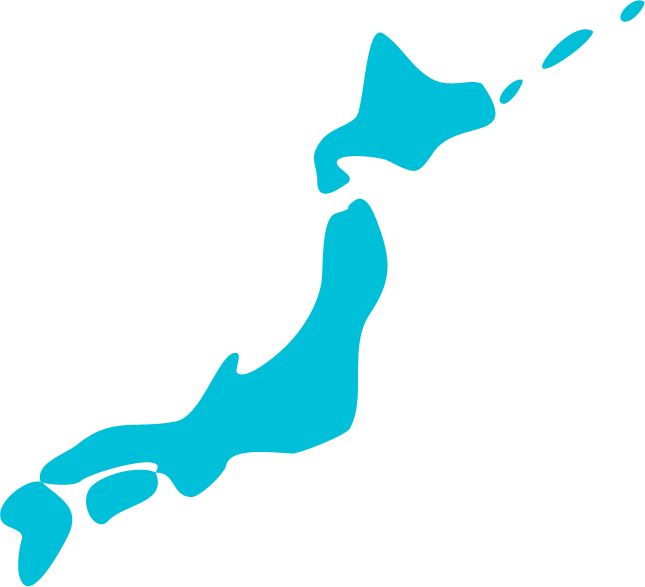
Japan’s Pharmaceuticals and Medical Devices Agency (PMDA)
The PMDA applied RWE in the review and approval of several regenerative medical products and biosimilars (source: Pharmaceuticals and Medical Devices Agency).
Challenges to overcome and achieve the full potential of RWD/E.
RWD guidance developed by worldwide regulatory agencies has laid the groundwork for increased use of RWD/E for regulatory decision-making, but additional work is needed to overcome challenges and achieve full potential.

Data Integrity, Quality and Completeness
Fitness-for-Purpose
Statistical and Epidemiologic Methodologies
Patient Privacy

Data Security
Institutional Confidentiality
What’s Needed Next
These complex RWD/E challenges spotlight the need for a strong research community and regulatory frameworks to drive meaningful advancements in clinical research.
From RWD Promise to Action: Recommended Path for Stakeholders

Build a Global Community
Foster a robust research community grounded in mutual understanding of challenges.
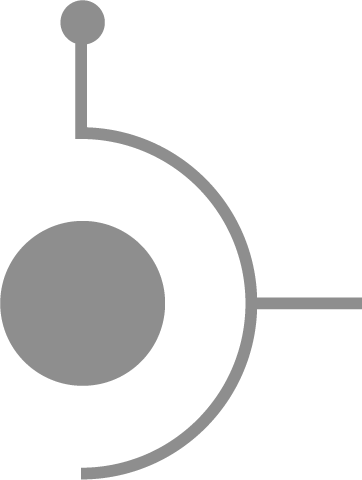
Facilitate Connections
Enhance collaboration and refine methodologies of working with RWD/E.

Iterate Best Practices
Continually improve knowledge and expertise in how best to use RWD to generate robust RWE.

Share Knowledge
Establish standardized approaches and an environment conducive to knowledge sharing and transparency.
Transform Drug Development & Regulatory Decisions
Leveraging RWD effectively and collaboratively by clinical researchers, regulatory agencies and other stakeholders can transform drug development and regulatory decisions, significantly improving patient outcomes and the health of the public.
Want to take a deeper dive into the transformative impact of RWD on life sciences? Access TriNetX’s article, The Role of RWD and RWE in Shaping Global Regulatory Practices, published in the June 2024 issue of DIA Global Forum.

